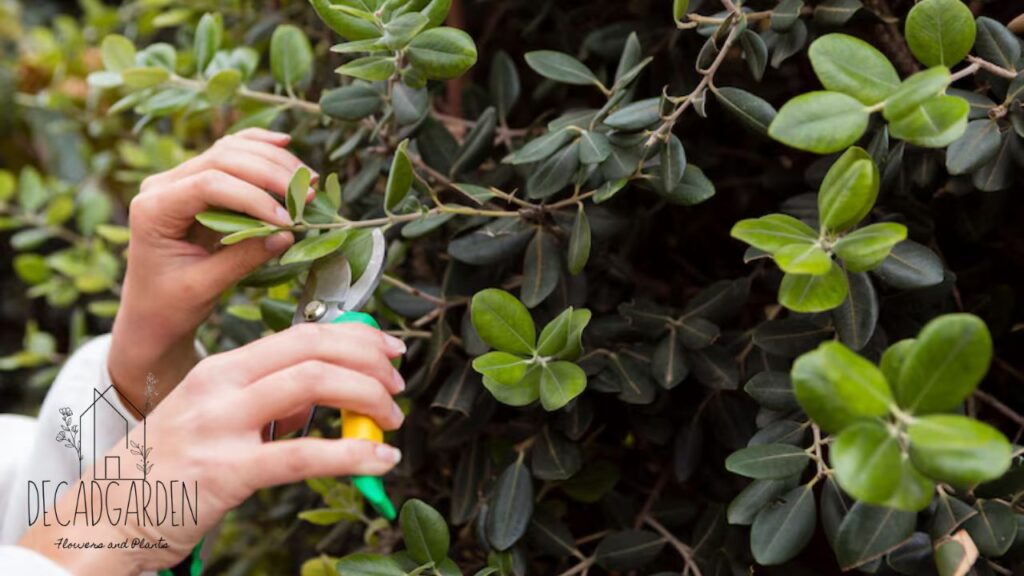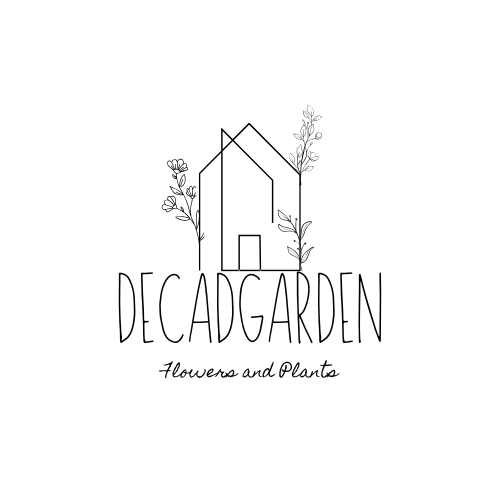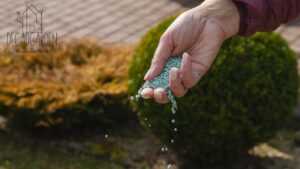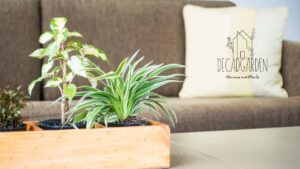The vibrant world of trees, shrubs, and vines transforms our landscapes, adding beauty, shade, and structure. Whether you’re creating a lush garden, sprucing up a commercial space, or enriching biodiversity, these plants are essential. But how do you choose the right combination, care for them, and make the most of their natural elegance? This guide will walk you through everything you need to know, from selection to maintenance, so you can grow with confidence and creativity.
Quick Reference Table
| Category | Purpose | Characteristics |
|---|---|---|
| Trees | Shade, structure, and height | Tall, woody trunks; long life span |
| Shrubs | Borders and filling spaces | Dense foliage; compact growth |
| Vines | Vertical or sprawling accents | Climbing stems; fast-growing |
Why Trees, Shrubs, and Vines Matter
Greenery isn’t just about aesthetics. Properly selected trees, shrubs, and vines provide countless benefits:
- Environmental Impact: Trees absorb carbon dioxide and improve air quality.
- Ecological Value: Shrubs attract pollinators and offer shelter for wildlife.
- Practical Applications: Vines can act as natural screens or add texture to walls.
For homeowners, adding carefully planned plant life can increase property value by up to 15%, according to recent real estate studies. Beyond monetary benefits, greenery brings peace and mental well-being to those surrounded by it.
Common Challenges in Landscaping
Despite the joy they bring, working with trees, shrubs, and vines can present challenges:
- Choosing the Right Species: Some plants might not adapt to your climate.
- Overgrowth: Without proper management, vines can suffocate nearby plants.
- Pest and Disease Issues: Certain shrubs are prone to infestations.
- Balance in Design: Overplanting or misplaced greenery can disrupt the aesthetics.
Addressing these challenges requires careful planning, regular upkeep, and sustainable practices.
How to Select the Perfect Trees, Shrubs, and Vines

1. Consider the Purpose
Are you looking for shade, privacy, or decoration? Each plant type has its strengths:
- Trees: Ideal for providing shade and focal points. Oaks, for example, can live for centuries and create a legacy.
- Shrubs: Perfect for defining borders or covering unsightly areas. Boxwood hedges are a classic favorite.
- Vines: Great for climbing structures or cascading over fences. Try clematis for a pop of color.
2. Know Your Climate and Soil
Different plants thrive in different environments. Map your landscape’s sun exposure, soil acidity, and local weather patterns before you choose.
- Example: Mediterranean plants like olive trees love dry climates, while maple trees prefer temperate zones.
3. Coordinate Colors and Textures
Blend greens, blooms, and textures for a harmonious effect.
- A Dutch-inspired garden, for instance, champions both style and practicality. Use layered plantings for visual depth and pest resistance.
- Incorporate house plants Dutch style such as ferns and peace lilies to extend the outdoor elegance indoors.
4. Factor in Maintenance
Vines can grow aggressively, so choose varieties that match your ability to prune and care for them.
Personal Perspective on Greenery
“My passion for trees, shrubs, and vines began in my childhood home’s garden. Watching wisteria vines bloom every spring filled me with wonder,” shares Emma Harris, an entrepreneur who now owns a boutique landscaping company. Her estimated net worth of $2.5 million stems largely from her success in revamping spaces with greenery.
Maintaining Healthy Plants
Preventing Overgrowth and Disease
Proper pruning and regular inspection for pests are critical. Root rot, aphids, and fungal infections are common issues that can be addressed by:
- Using organic pest control solutions.
- Ensuring adequate spacing to prevent overcrowding.
- Rotating seasonally appropriate fertilizers.
Eco-Friendly Practices
Avoid chemical sprays. Opt for natural alternatives, like:
- Neem oil for pest control.
- Mulching to retain soil moisture.
Organic practices ensure plants like oracle foliage or stone pines, both found in luxury landscapes such as chalet luxe Alpes le Collectionist, remain lush without harming the environment.
User Reviews on Green Elegance
Online forums and platforms share invaluable advice:
- “The mix of shrubs in my backyard makes daily walks so peaceful!” – Rated 4.5/5
- “Vines grow fast but require consistent upkeep. Great for trellises!” – Rated 3.8/5
FAQs About Trees, Shrubs, and Vines
Q1. Do vines damage walls?
A. Certain vines like ivy can harm masonry by trapping moisture, while others like clematis pose no such risks. Always research before planting.
Q2. Can shrubs be grown in pots?
A. Yes! Compact shrubs like hydrangeas thrive in containers, making them perfect for patios or small spaces.
Q3. What’s the best tree for privacy?
A. Fast-growing species like Leyland cypress provide dense coverage ideal for screens.
Q4. How can I make my garden more sustainable?
A. Incorporate native plants and drip irrigation systems to reduce water consumption.
Q5. Are there pest-resistant shrubs?
A. Yes, plants like lavender naturally repel pests while adding fragrance to your garden.
Final Thoughts
No garden is complete without the elegance and function of trees, shrubs, and vines. From towering oaks offering shelter to creeping vines that decorate fences, each plant adds something special. With smart planning and care, you can create a masterpiece of greenery that’s as functional as it is beautiful. Start incorporating these verdant elements today, and watch your space thrive!

















